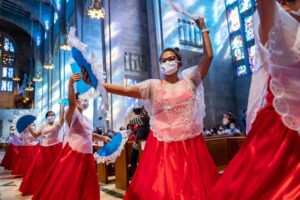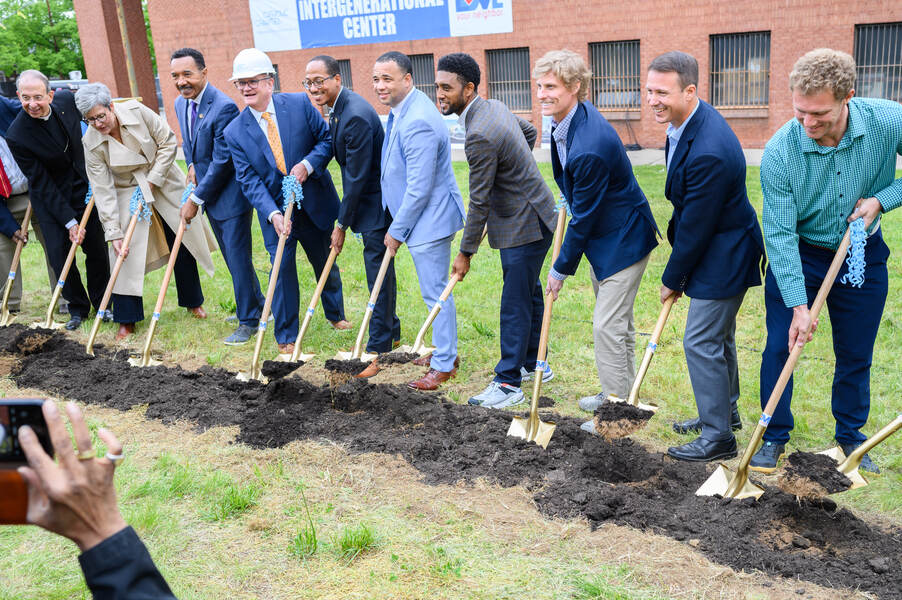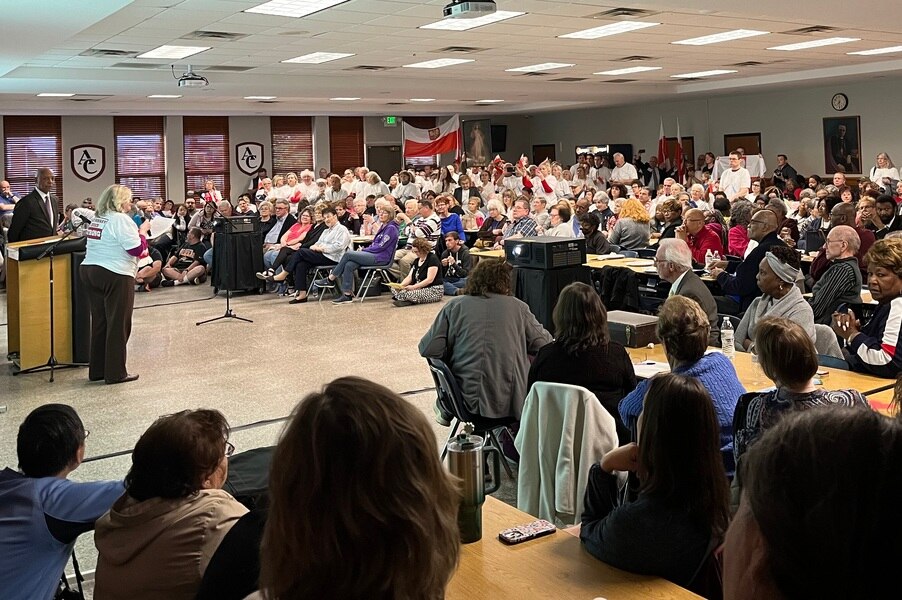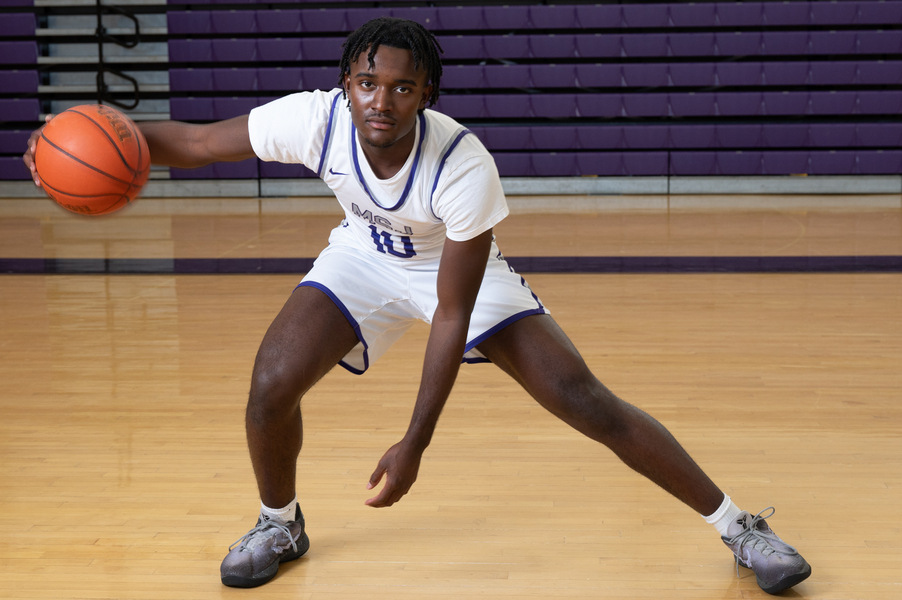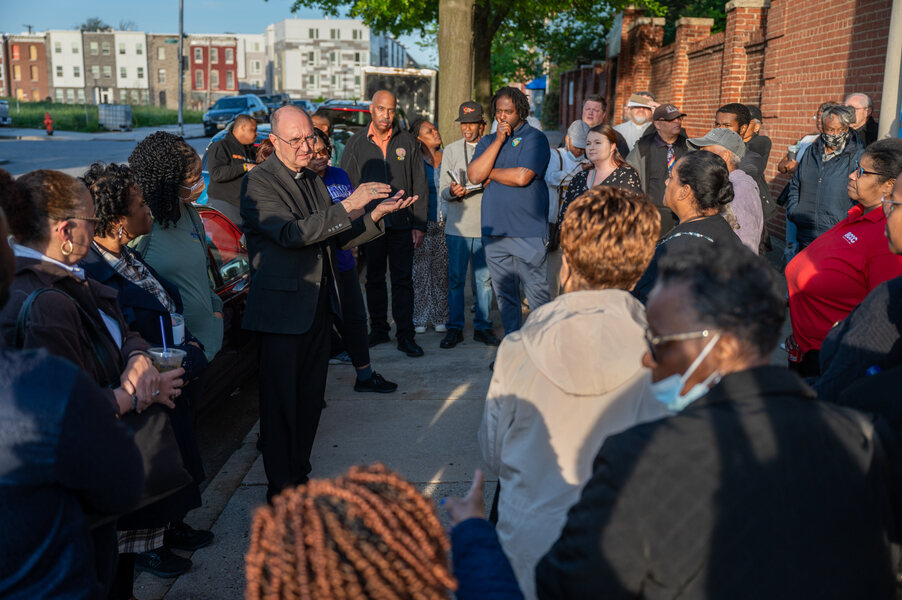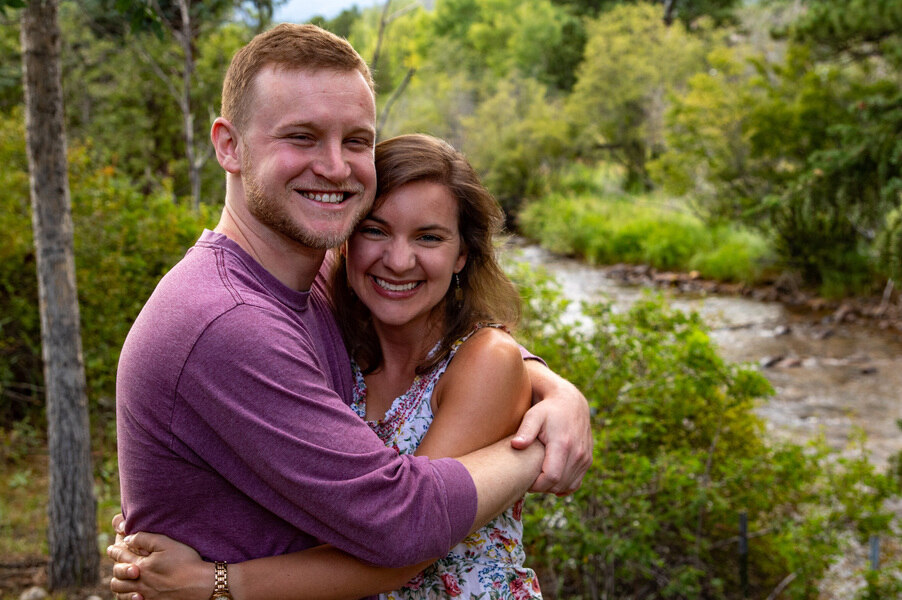
Holding a statue of the child Jesus high above her head, 18-year-old Gabby Gonzalez joyfully processed down the long center aisle of the Cathedral of Mary Our Queen Sept. 26. Traditional Filipino “Sinulog” dancers swayed gently to lively music behind her, waving blue fans decorated with feathers.
Shouts of “Viva Santo Niño,” “Long live the Christ Child,” could be heard over the music once the group reached the sanctuary — a jubilant celebration that continued as a group of men carried statues of St. Lorenzo Ruiz and St. Pedro Calungsod, two beloved Filipino saints.
The festive display of cultural pride helped mark a major milestone in the Filipino community: the commemoration of 500 years of Christianity in the Philippines. Archbishop William E. Lori celebrated the Mass during the 11th Archdiocesan Saints Fiesta Celebration at the Homeland cathedral.
Christianity was introduced in the Philippines during a Spanish expedition led by Portuguese explorer Ferdinand Magellan. On April 14, 1521, Spanish missionary Father Pedro Valderrama, chaplain to the Magellan expedition, baptised 800 Cebuanos, including chieftain Rajah Humabon (baptized as Don Carlos), and his wife, Hara Humamay (baptized as Juana).
As a baptismal gift, Magellan presented the chief and his wife an image of the Child Jesus, which is now venerated in the Basilica Minore del Santo Niño de Cebu in Cebu City, Philippines.

John Smith, president for six consecutive years of the Archdiocesan Filipino Council and a parishioner of Christ the King in Glen Burnie, noted that the Philippines is named after Spanish King Philip II.
“The Spanish are the ones who united all the islands under one faith,” Smith said.
Erwin Lacanienta, Grand Knight of the Knights of Columbus Santo Niño Council, said the Spanish helped instill a love of the faith among the Filipino people. Lacanienta said he was proud to wear his “barong tagalog,” a symbolic attire for male Filipinos with long sleeves and made of a see-through material. During the Spanish colonization, it was “an instrument of oppression,” Lacanienta said.
“The Spanish made Filipinos wear it to easily see if they were carrying guns or such tools,” he explained. “Now it is a symbol of social justice, we wear barong to remember our ancestors and what they went through. Family and faith is what gets you through.”
A native of Quezon City, Philippines, and a parishioner of Immaculate Heart of Mary in Baynesville, Lacanienta said his mother was instrumental in his faith.
“Faith is so strong because it is passed on to generations by being active,” he said.

An estimated 1,200 members of the Filipino community, local and out-of-state, gathered for the special Mass, which was celebrated in English and Tagalog. After the liturgy, the congregation processed around the church and gathered on the cathedral’s patio with entertainment and typical Filipino food, including lechon and lumpia.
Although Spaniards evangelized the Philippines, today Filipinos evangelize the rest of the world. Such an example is Father Pete D. Literal, pastor of St. John the Evangelist in Hydes. A native of Naujan, Philippines, he was ordained in the Archdiocese of Lipa, Philippines in 1978 and came to the United States in 1987 as a chaplain for the federal prison system. In 2016, he was incardinated in the Archdiocese of Baltimore. Father Literal was one of the key organizers of the Fiesta of Two Saints.
“Filipino families all over the world treasure the Catholic faith by their devotions,” he said. “Their family life is the church life.”
Some of these devotions are Bayanihan, the spirit of help; Simbang Gabi, a novena in preparation for Christmas; and in Baltimore City, the Triduum, three nights of prayer and sharing a faith testimony the week before the Two Saints Celebration.

“When a group of people emigrate, they also bring their culture and by doing so they enrich the community because of the diversity they are bringing in,” said Iric Arribas, council general of the embassy of the Philippines in Washington, D.C.
Marison Mendoza, a native of Cavite, Philippines was happy to attend the celebration with her family. Her daughter, Daphne, attends Filipino classes where she learns about the culture and language.
“Our family is bilingual and we pray daily,” she said. Mendoza hopes her daughter learns about her heritage and faith by attending such events.
In his homily, the archbishop encouraged members of the congregation to become disciples like saints Lorenzo Ruiz and Pedro Calungsod, two martyrs of the faith.
“Filipino saints are jewels,” he said. “They left everything behind for the love of Christ.”

The archbishop challenged the congregation to think about what might be loved more than Jesus today.
“Whatever it is,” he said, “we must get rid of.”
Smith joined many others in giving thanks for five centuries of Christianity in the Philippines.
“We are ‘gifted to give,’” he said. “In other words, helping our fellow men to get to heaven.”
Kevin J. Parks contributed to this story.
Visit http://www.filipino-council-aob.org/latest/ to find more about the Filipino community in the Archdiocese of Baltimore.
Email Priscila González de Doran at pdoran@CatholicReview.org
Also see
Copyright © 2021 Catholic Review Media
